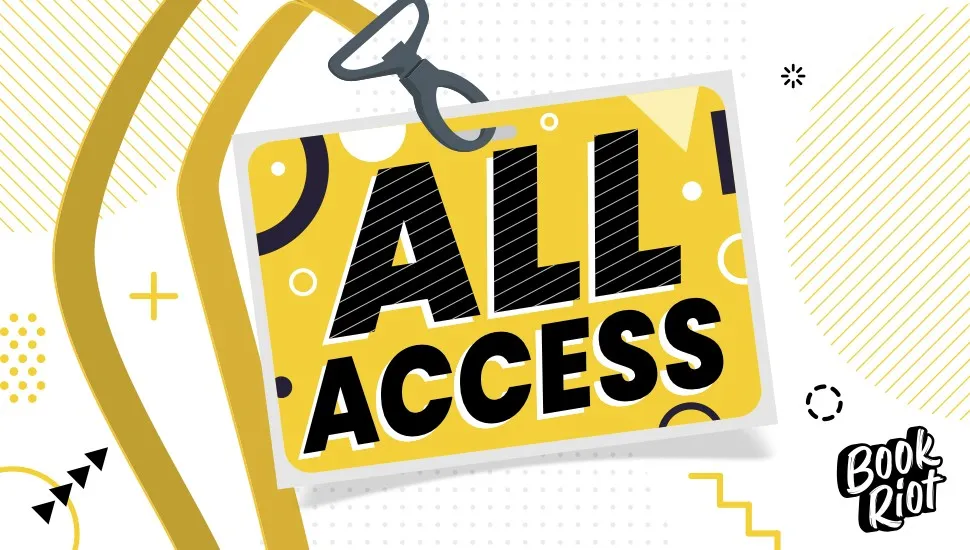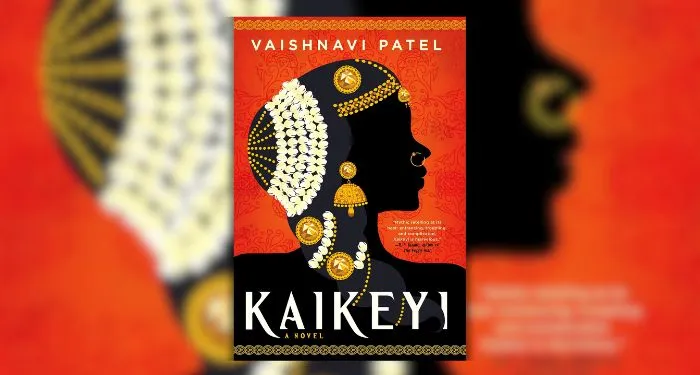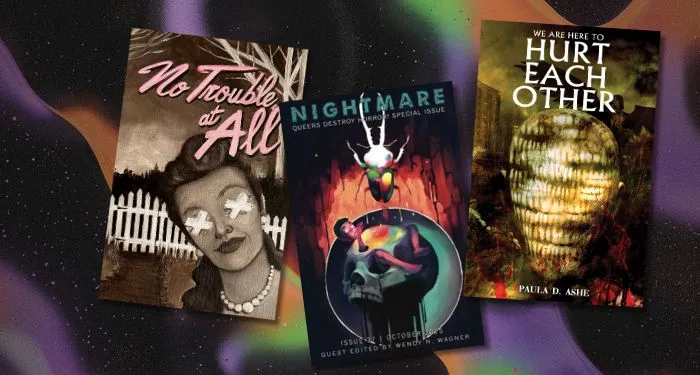Posted by CBethM on October 28, 2025 in Author Posts |

The first graders gaped at me like zombie fish.
 “An onlooker at the World Storytelling Day Event” by Pratham Books is licensed under CC BY 2.0.
“An onlooker at the World Storytelling Day Event” by Pratham Books is licensed under CC BY 2.0.Can you picture it? Twenty-four six-year-olds sitting crisscross apple sauce on their industrial blue classroom carpet, their tongues languid in slack-jawed mouths, eyes round and unblinking—and standing in front of them, me: a twenty-something grad student halfway through my library science degree, at my first ever storytelling gig, creeped-out goosebumps peppering my skin.
 Marilyn Torres-Sierra Tellebration 2013 (Public Domain)
Marilyn Torres-Sierra Tellebration 2013 (Public Domain)I’d been forewarned, of course. My professor, Dr. Brian Sturm, had shared his research on the storyteller’s trance. Illogical opening phrases like “Once upon a time,” or “There was, there was, and there was not,” tempt the analytical side of the brain into standby mode, allowing the listener to divert all of their brainpower into building a world from the storyteller’s speech. The listener isn’t even seeing the storyteller anymore. The world between them has become so solid and concrete that the storyteller is obscured. Later, the listener will pass the teller on the street, and never even know.
 “Storyteller’s Cafe” bytravelingnorthagency is licensed underCC BY 2.0.
“Storyteller’s Cafe” bytravelingnorthagency is licensed underCC BY 2.0.As unique as the oral storytelling experience is, we didn’t lose the intangible real world of story when we started writing them down. When a book grabs me, I quickly slip inside, and that environment and its characters stay with me, like the aroma of baking pie that lingers in the kitchen. Even if I’ve already devoured my slice, the scent makes me crave more, keeping me from focusing on anything but the subtle yet insistent pangs of hunger.
This realness doesn’t come from any particular descriptive phrase on the page. Instead, it grows from a kernel of emotional truth that suspends between the author and the reader, the teller and the listener. These truths aren’t always profound (Dav Pilkey’s work endures in part because he embraces the deep emotional truth that poop is hilarious) but the emotion is key. The stories that grip us, stay with us, change us, are stories that make us feel.
When a story world feels real to me, it’s not visual, like watching a movie. It is experiential, like I’m inside of the world living alongside the characters. I don’t know whether I gape like a zombie fish, but I know that when family members talk to me while I’m immersed in that other world, I don’t hear them. I don’t realize if I’m too cold or too warm. I forget that I’m hungry or thirsty. I’m somewhere else entirely, feeling someone else’s emotions and breathing with someone else’s lungs.
This encounter is what makes a story matter to me as a reader. I learn to wear a protagonist like a second skin. I’m introduced to feelings and situations that I know are not my own, and yet pulse with that glowing emotional truth that tethers me there, a foot on either side of the looking glass. And despite the experiences not being truly my own, I somehow stumble back into my own world better. Better able to relax after playing at fear in a horror novel. Better able to empathize because of possessing someone else’s body for a time. Better able to problem solve after solving that murder (before the detective!).
Fiction breaches our world because it is true on some deep and fundamental level. Fiction cannot lie the way that nonfiction can, colored by a bias of the author’s view of events. Fiction does not mislead the reader, because the reader builds half of the fiction themselves, drawing from their own truth, their own life, and their own vision. The emotional truth of the story shimmers between the teller and the listener, but it is up to the listener to create a door and step through. Ultimately, the listener, the reader, decides what that invisible world will look like and feel like. They bring to it a part of themselves.
First graders turn into zombie fish because their brains are caught up in the work of building a story. That work connects them to the storyteller or the author who created the work. It also connects them to the other listeners and readers experiencing the same story. If we could peep into each of their story worlds, we would see something different, each particular one built in bricks of their own experiences, personalities, points of reference, and imagination. But at the core of each would pulse the same emotional truth.
This is what makes the intangible story world real: the parts of ourselves that feed its creation. This is how we get lost inside, fall in love, carry something out with us. And this is why some people fear stories, especially in the hands of young readers: because through story, we learn how to change the world.

Susan Metallo is a YA author and librarian. Her debut novel, Reasons to Hate Me, was an Indie Next Kids selection for September/October 2025. You can find her in the real world under a piñon tree in the high desert of New Mexico, online at susanmetallo.com, and everywhere with her nose stuck in a book.



















 English (US) ·
English (US) ·